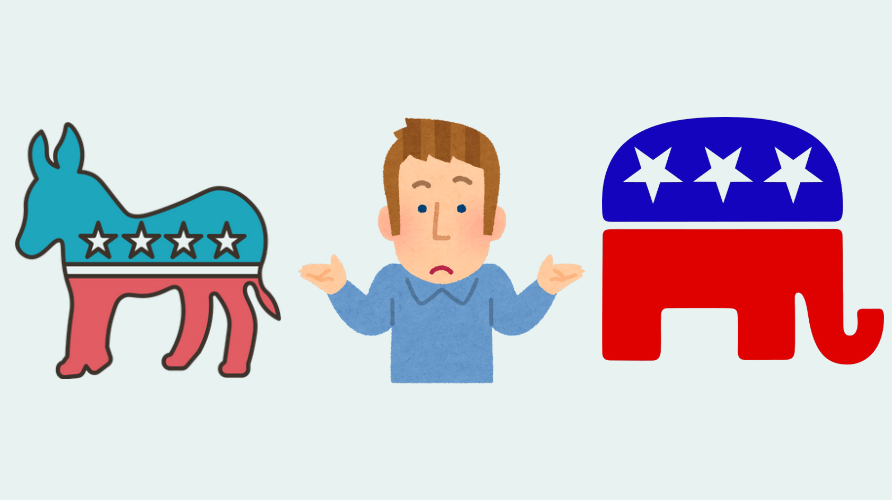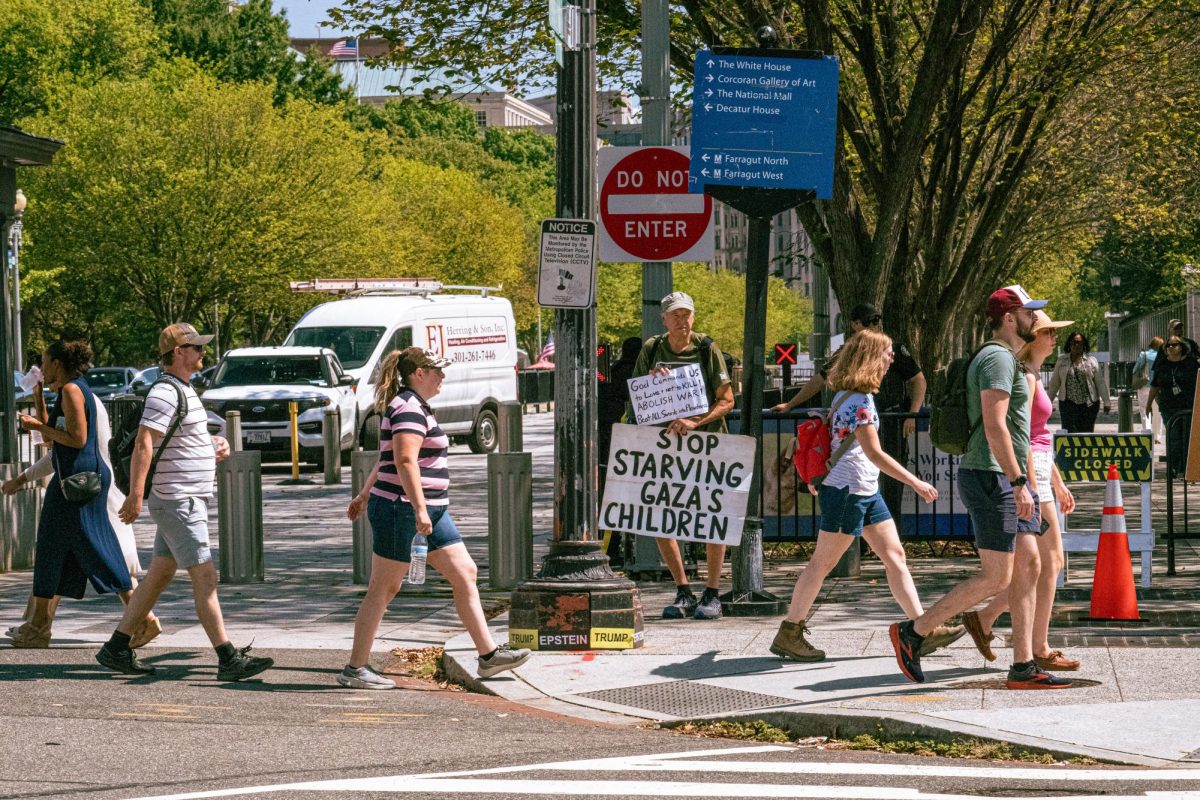November, 2022, President Joe Biden announced that he planned to forgive up to $20,000 in student loan debt for many borrowers. Very quickly after that, multiple legal suits were filed against Biden claiming that issuing this proclamation through executive order is an overstep of a president’s legal powers.
After a months-long legal fight, the Supreme Court announced on June 30 that they had ruled that Biden did not, in fact, have the power to forgive student loans, at least in the amount that he attempted to.
Following the Supreme Court’s ruling that Biden’s student loan forgiveness plan was unconstitutional, Biden announced a follow-up plan dubbed the SAVE plan.
The SAVE, or Saving on a Valuable Education, plan emphasizes keeping student loan debt payments low for people who don’t have the financial means to pay the full-priced loans.
The SAVE plan is based on an income-driven repayment structure. This means that loan payments are calculated off of the amount an individual makes and the size of their family.
On top of this, the plan also lowers the payment rate to $0 a month for those making under $30,000 a year until they make over the $30,000 yearly minimum.
While this plan seems to be a great step in the right direction and a good alternative to the original loan repayment plan, there are some things to worry about.
First and foremost, this executive order could be legally challenged. Just like Biden’s previous plan, the SAVE plan was pushed through entirely as an executive order and thus, just like the previous executive order, the plan could be shot down as an abuse of power.
Opponents of the plan are already fighting against it.
U.S. Sen. Bill Cassidy and U.S. Rep. Virginia Foxx put out a press release rebuking the SAVE plan, and Cassidy along with other members of the Senate education committee plan to use the Congressional Review Act to ensure that the SAVE plan does not become law.
The Congressional Review Act creates the opportunity for Congress to vote on the issuance of “rules” that federal organizations make, like the proposed student loan repayment cuts in the SAVE plan.
The thing is, the Congressional Review Act does not apply to presidential actions.
Here is where Biden’s problem lies. Purely presidential action will get struck down by the Supreme Court, and purely organizational actions – like the Department of Education working on the SAVE plan – will get struck down by the Congressional Review Act.
Essentially, the SAVE plan does not have an easy path ahead. Past, present and future students should remain cautiously hopeful that such a plan could be passed.
Even if it somehow makes it through all of the legal turmoil, it seems like it will be a long time until we see the results of this program. With loan repayment starting again in October, Biden’s plan most likely won’t be taking place by then.
While Biden’s SAVE plan may look like a step in the right direction, it’ll be hard to see it as that until we know when and if it will actually come into effect. Until then, it may be best to assume that it may not happen.





















